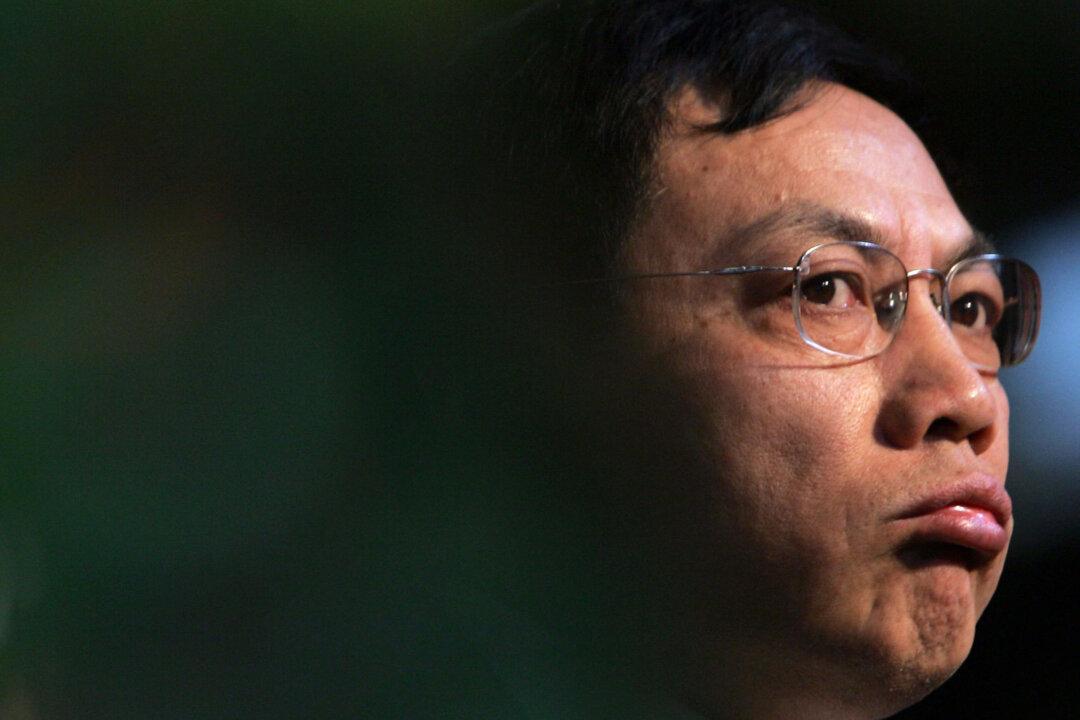The top reasons for traffic congestion in a major metropolis are poor urban planning and a poor road system. This is particularly obvious in Beijing where the state controls everything but forgets about the people.
Beijing is famous for its extremely bad traffic congestion. Greater Beijing now has a population of approximately 12 million and is the second largest Chinese city after Shanghai. It is a major hub for the nation’s highway, expressway, railway, and high-speed rail networks. In 1949, less than one million people lived in the core of the old Beijing. Despite the continuous population growth and increase of vehicles, the city’s layout has not changed significantly since then.
Downtown Government Complexes
The city spreads out in concentric ring roads. Although several main roads were widened, not much change was made to the side roads. The line connecting the Forbidden City and Jingshan Park is still the central axis. The 78-square-kilometer [30-square-mile] area that includes the walled Party compound of Zhongnanhai and the old city contributes to major traffic congestion around the Second Ring Road.
